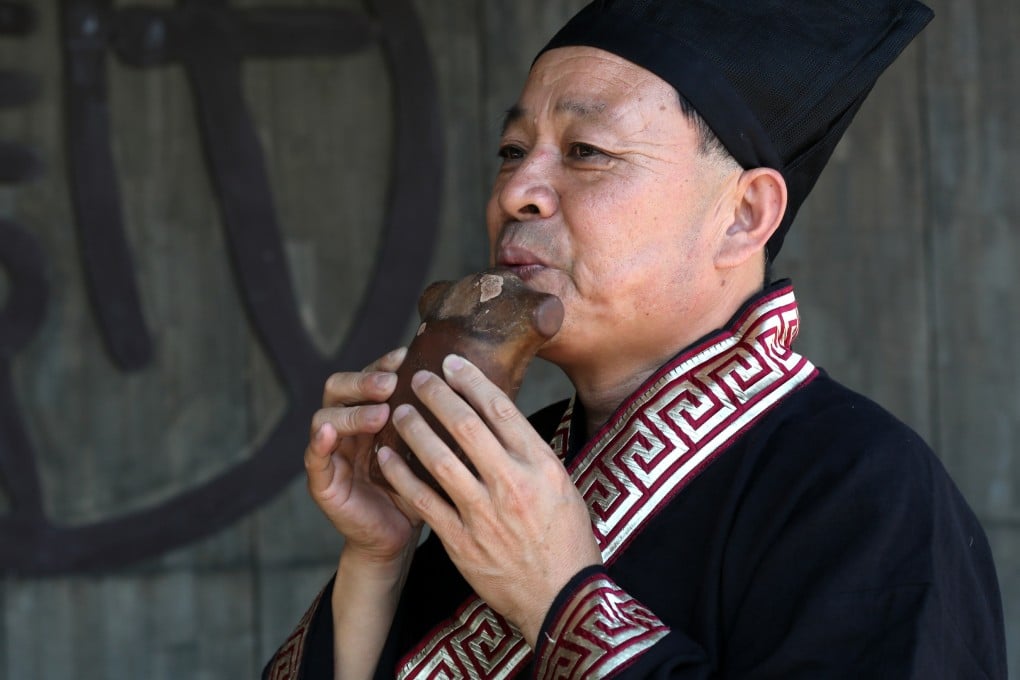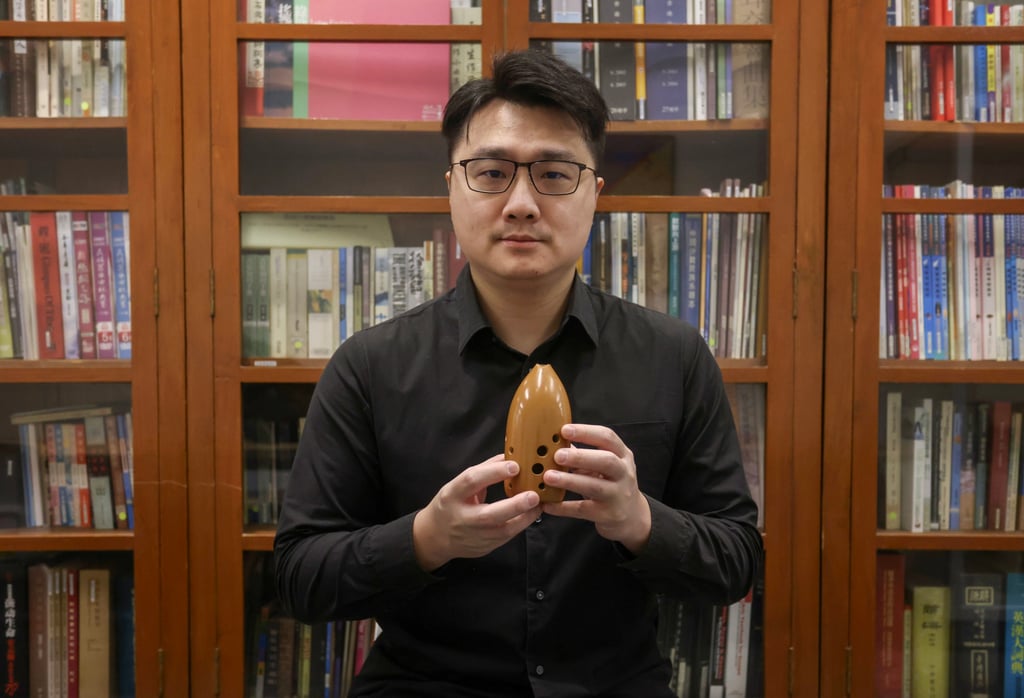Advertisement
All about the Chinese clay flute, from its ancient origins to Studio Ghibli inspiration
The Chinese clay flute, from its origins as a hunting tool to its modern use in orchestras and film soundtracks, has a long and rich history
Reading Time:2 minutes
Why you can trust SCMP
0

This is the fourth in a series of articles about classical Chinese instruments and the traditional Chinese music orchestra, in which we explore how musicians play the eight different types of instrument, and their history.
Clay, a versatile material that turns into all kinds of objects when married with water and fire, is most often associated with pottery, which has thousands of years of history in China and other parts of the world.
Less well known are the musical instruments made of clay commonly played in China since the Zhou dynasty (1046BC-256BC). Today, clay is one of the bayin, the eight categories into which Chinese instruments are grouped based on the material traditionally used to make them.
The xun – pronounced huen in Cantonese – a flute shaped like an egg but with a flat bottom, is the signature clay instrument of modern Chinese orchestras.

Modern examples have multiple finger holes, but the earliest surviving sample, unearthed at an archaeological site in Zhejiang province that dates to 5000BC, has only one finger hole.
Advertisement
Select Voice
Choose your listening speed
Get through articles 2-3x faster
1.1x
220 WPM
Slow
Normal
Fast
1.1x